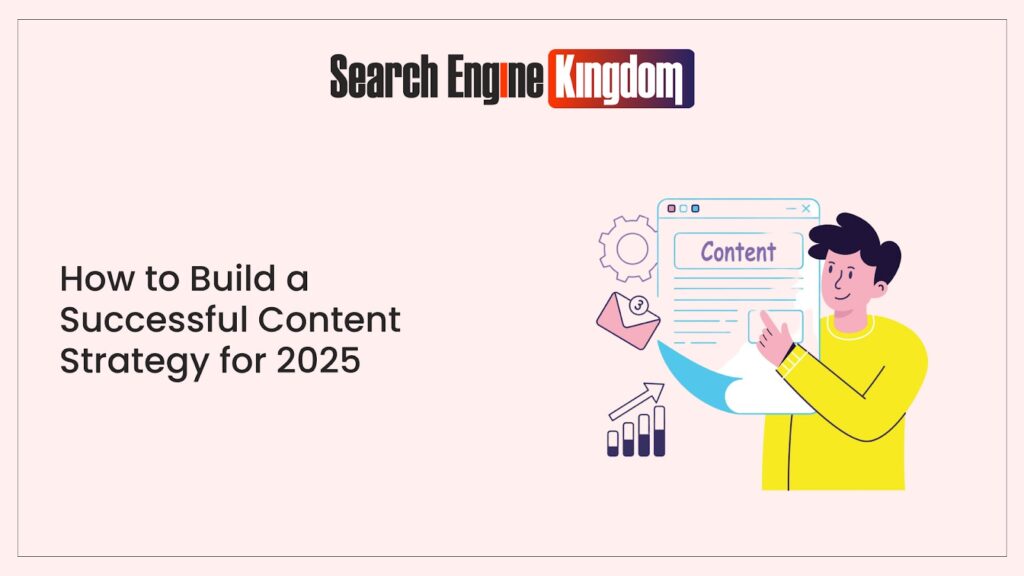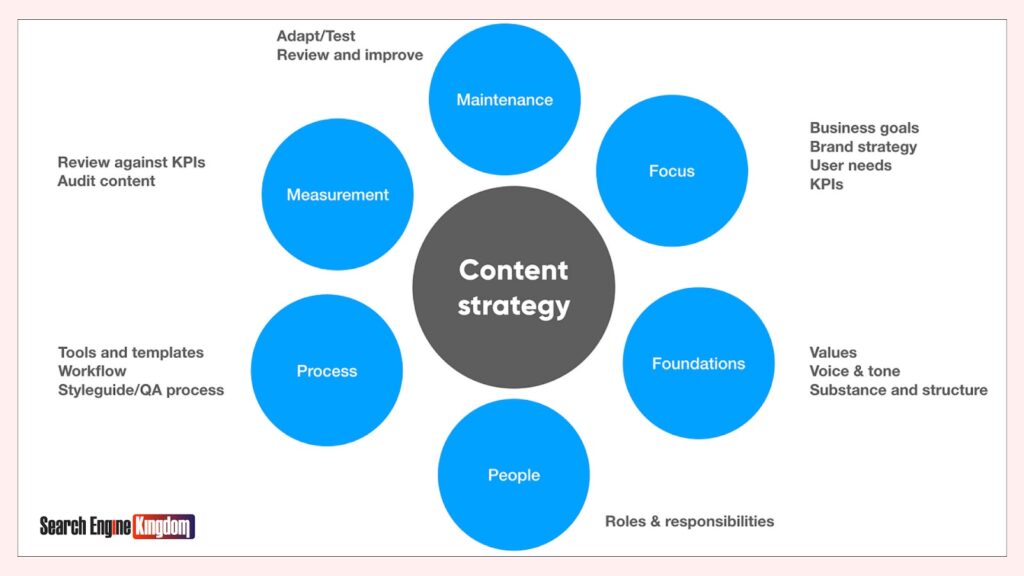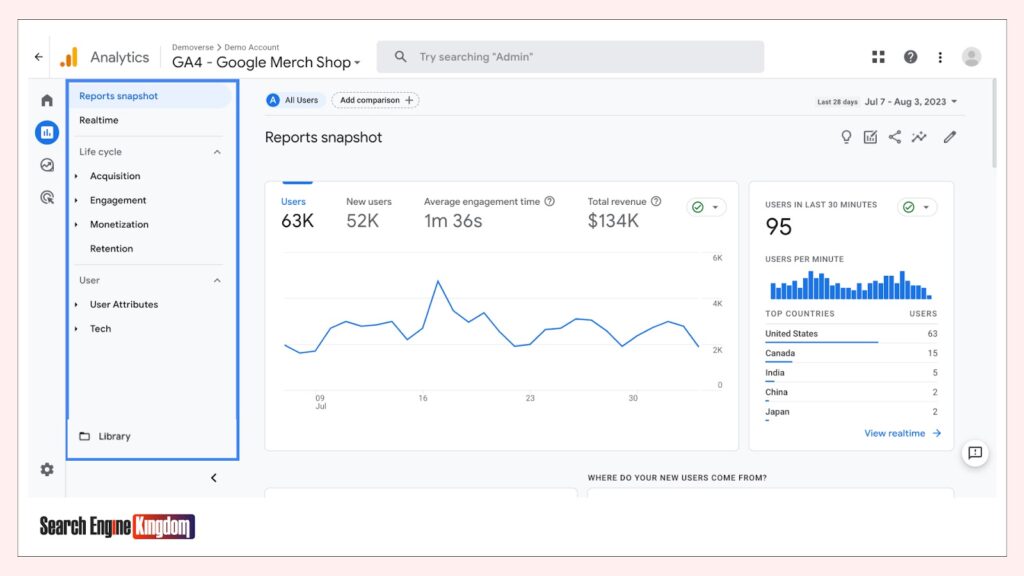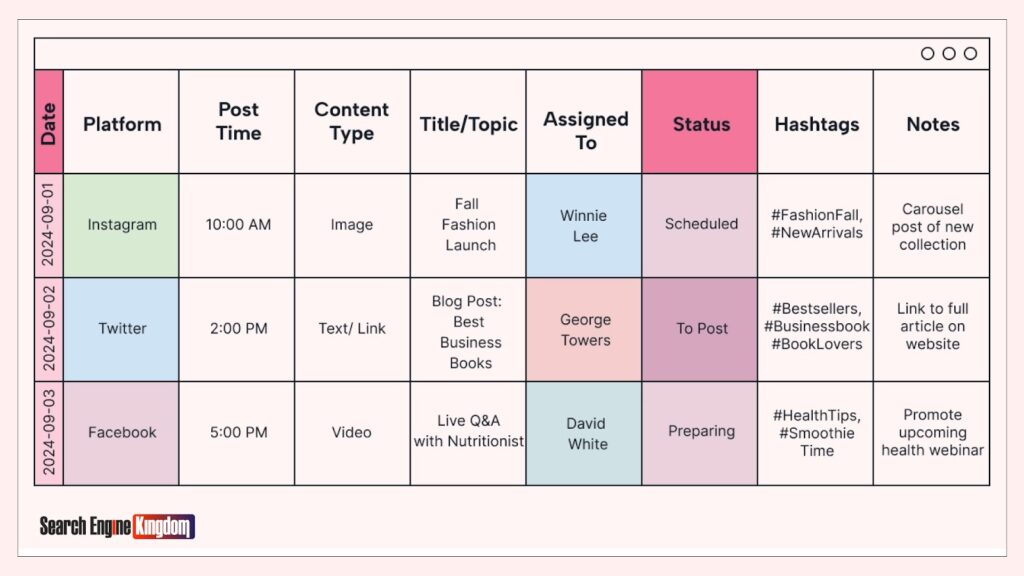
Crafting a successful content strategy in 2025 is more than just publishing blog posts or creating social media campaigns—it’s about delivering the right message to the right audience at the right time. With this in mind, let’s dive into the essential steps to build a winning content strategy that drives results.
1. Define Your Goals for Your Content Strategy

Why it matters:
Every piece of content should serve a purpose. Without clear goals, your strategy will lack direction.
Start by asking yourself what you hope to achieve. Are you trying to increase brand awareness, drive traffic, convert leads, or re-engage past customers? Define these objectives and make them SMART (Specific, Measurable, Achievable, Relevant, and Time-bound).
Example: If you’re an e-commerce brand, you could create TikTok ads and email campaigns that offer discounts for first-time buyers. Your SMART goal might look like this:
- Specific: Run TikTok ads and send three email campaigns.
- Measurable: Track conversions with unique discount codes.
- Achievable: Use audience targeting and platform-specific strategies.
- Relevant: Focus on customer acquisition with engaging content.
- Time-bound: Complete the campaign within 30 days.
2. Research Your Audience

Why it matters:
Your content won’t resonate unless it speaks directly to your target audience’s needs and interests.
Create detailed customer personas to understand demographics, interests, and behavior. Tools like Google Analytics and social media insights can provide valuable data. Also, consider their preferred content formats—short videos for TikTok users or in-depth reports for professionals on LinkedIn.
Pro Tip: Tailor your content to different audience segments. For example, younger audiences might prefer interactive Instagram stories, while older users might engage more with Facebook articles.
3. Analyze Your Competition
Why it matters:
Learning from your competitors can reveal opportunities and help you avoid their mistakes in building a successful content strategy.
Identify 4-5 competitors and study their content strategy. Look at their topics, formats, and engagement levels. What content performs best? Are there gaps you can fill?
Example: Use tools like Ubersuggest to identify keyword gaps where competitors rank but you don’t. Also, analyze their tone and voice. Are they humorous or professional? Find what works and align it with your brand.
4. Run a Content Audit
Why it matters:
A content audit helps you maximize your existing assets while identifying areas for improvement.
Organize all your content into a spreadsheet, categorizing by type (blogs, videos, social posts, etc.) and purpose (awareness, decision-making, etc.). Evaluate performance based on metrics like traffic, engagement, and conversions.
What to do:
- Update outdated content with fresh data and insights.
- Merge or delete redundant posts to avoid content cannibalization.
- Optimize underperforming pages for new keywords or user intent.
5. Brainstorm Content Topics and Formats
Why it matters:
The right topics and formats ensure your content aligns with audience preferences and business goals.
Use audience insights, competitor research, and your content audit to identify relevant topics. Then, decide the best formats for delivery—blogs, videos, podcasts, infographics, or case studies.
Example: If your audience values educational content, create a mix of “how-to” blogs, webinars, and downloadable guides.
6. Build a Content Calendar and Publish

Why it matters:
Consistency is key to maintaining engagement and achieving your content goals.
Create a content calendar to plan and schedule your posts. Include important dates like holidays, product launches, or industry events. Allocate time for creating long-form content (e.g., case studies) and quicker formats (e.g., social media posts).
Pro Tip: Tools like Trello, Asana, or Google Sheets can help you stay organized and ensure deadlines are met.
7. Amplify Your Content Strategy
Why it matters:
Great content is only effective if it reaches the right audience.
Distribute your content through multiple channels:
- Share on social media.
- Collaborate with influencers for broader reach.
- Reformat content into different formats (e.g., turn a blog into a video).
- Use email marketing to reach your existing audience.
- Run paid ads to target specific demographics.
Pro Tip: Encourage employees and brand ambassadors to share your content for added visibility.
8. Measure Your Results

Why it matters:
Data-driven insights help you refine your strategy and focus on what works.
Track key metrics, such as:
- Consumption Metrics: Measure page views, time spent, and downloads to understand how users interact with your content.
- Social Sharing Metrics: Use analytics to see which platforms drive the most engagement and shares.
- Lead Metrics: Track user actions like form submissions, clicks, or trial sign-ups.
- Sales Metrics: Monitor revenue generated from content campaigns.
Use tools like Google Analytics, Hootsuite, or SproutSocial to gather and analyze data.
9. Listen to Your Customers
Why it matters:
Customer feedback can help you tailor content to better meet their needs.
Use surveys, social media polls, and user comments to gather direct feedback. Combine this with data from analytics tools to identify trends and preferences.
Example: If customers frequently ask for tutorials, focus on creating step-by-step guides or video demonstrations.
Conclusion
Building a successful content strategy for 2025 requires clear goals, audience insights, and continuous refinement. By following these steps, you’ll create a strategy that not only resonates with your audience but also drives measurable results. Visit Search Engine Kingdom for more insights!
